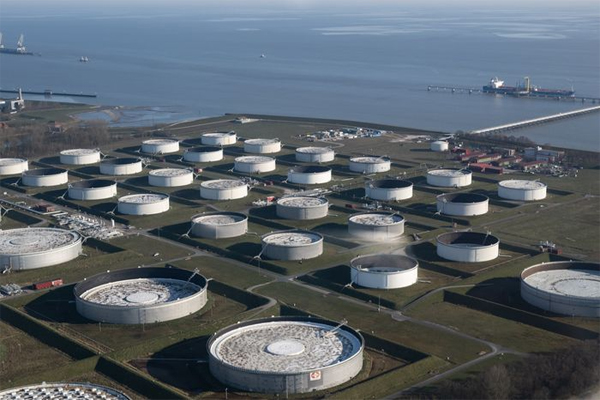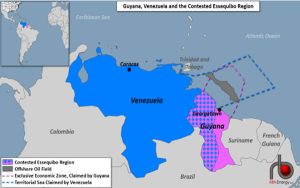
Myra P. Saefong and Williams Watts, MarketWatch
SAN FRANCISCO
EnergiesNet.com 03 23 2022
U.S. oil futures settled lower on Tuesday, following a climb of more than 7% in the previous session, as investors gauged the prospect of a European Union ban on Russian crude imports.
Price action
- West Texas Intermediate crude for April delivery CL.1, -2.12% CL00, +0.11% CLJ22, -0.73% fell 36 cents, or 0.3%, to settle at $111.76 a barrel on the New York Mercantile Exchange on the contract’s expiration day. session. The May WTI contract CLK22, +0.11%, which became the front month at the settlement, lost 70 cents, or 0.6%, to $109.27.
- May Brent crude BRN00, +0.23% BRNK22, +0.23%, the global benchmark, edged down by 14 cents, or 0.1%, to settle at $115.48 a barrel on ICE Futures Europe.
- April gasoline RBBJ22, +0.02% shed 1.2% to $3.331 a gallon
- April heating oil HOJ22, -1.12% rose 1.7% to $3.864 a gallon.
- April natural gas NGJ22, -0.77% climbed 5.9% to $5.187 per million British thermal units.
Market drivers
Oil prices jumped more than 7% on Monday as EU foreign ministers discussed joining the U.S. in banning Russian crude imports. The discussions, however, ended without agreement, with Germany, Europe’s largest economy, arguing that the region is too dependent on Russian energy to implement a ban, news reports said.
A meeting of NATO on Thursday “could yield tougher measures against Moscow, potentially confirming the anticipated supply risks to Russian upstream oil” in the short term, said Louise Dickson, senior oil market analyst at Rystad Energy.
“If the EU fully shunned oil originating from Russian ports and pipelines, it would put a more than 2 million [barrel] dent in the market, which would keep prices elevated near $120 per barrel in the short term,” she said in a note.
Citing data from the International Energy Agency, analysts at Commerzbank noted that European OECD countries imported close to 4 million barrels of crude oil a day from the countries of the former Soviet Union in the fourth quarter of 2021, with the lion’s share likely to have come from Russia. On top of that, around 570,000 barrels of diesel/gasoil were imported a day, they said, leaving up to 4.5 million barrels a day of crude oil and oil products that would need to be sourced elsewhere.
“This is virtually impossible to imagine without the oil price rising significantly, which the market also appears to be pricing in at present,” they wrote.
Oil traders also await weekly updates on U.S. petroleum supplies from the American Petroleum Institute late Tuesday and Energy Information Administration early Wednesday.
On average, analysts expect the EIA to to report that U.S. crude supplies were unchanged for the week ended March, but inventories of gasoline are likely to have fallen by 1.7 million barrels and distillates are seen down by 1.4 million barrels, according to a survey conducted by S&P Global Commodity Insights.
Meanwhile, Christin Redmond, commodity analyst at Schneider Electric, said the rally in natural gas Tuesday was “likely a product of technical trading,” as fundamentals remained largely unchanged and U.S. weather forecasts mixed.
MarketWatch.com 03 22 2022












